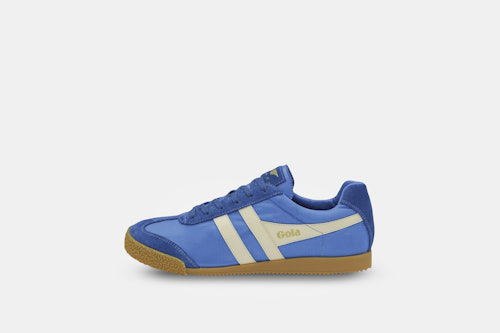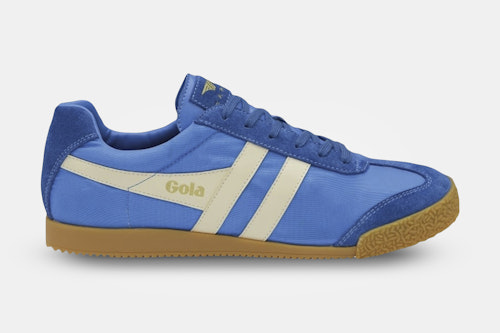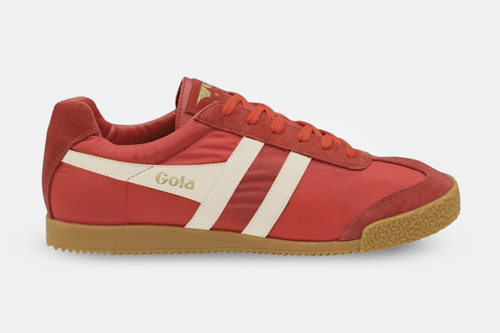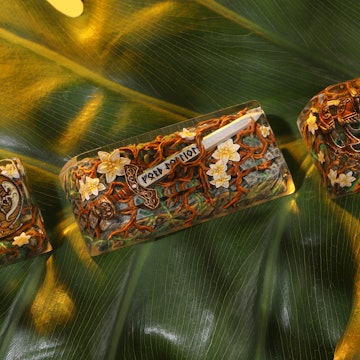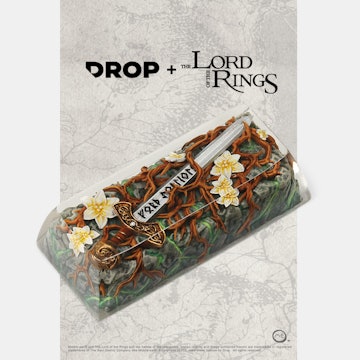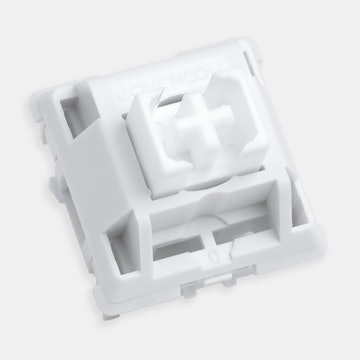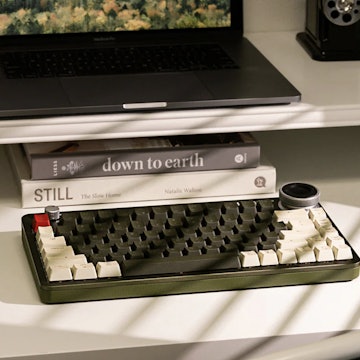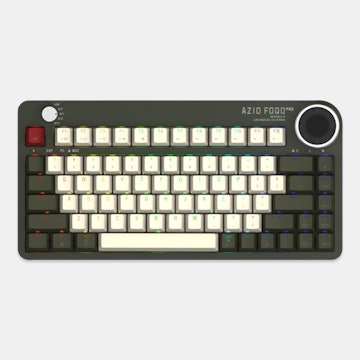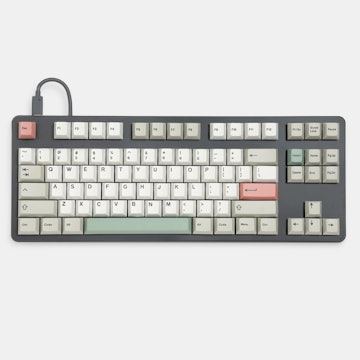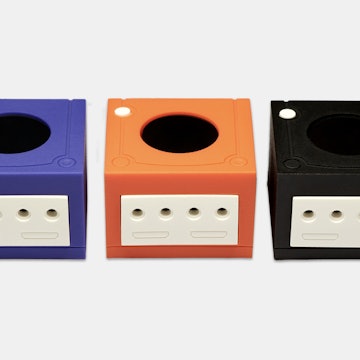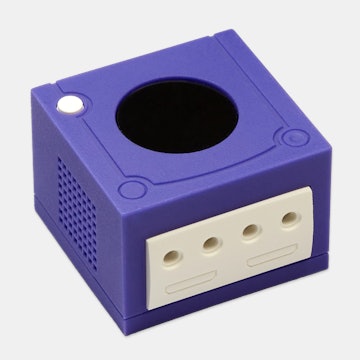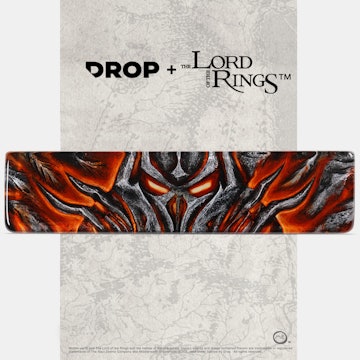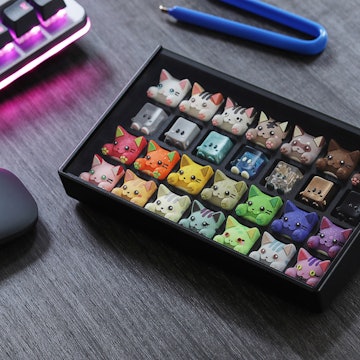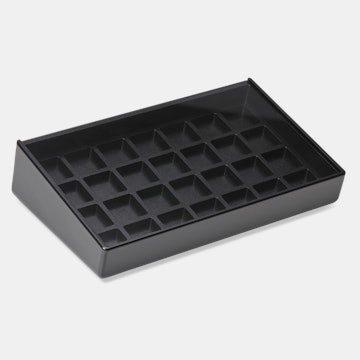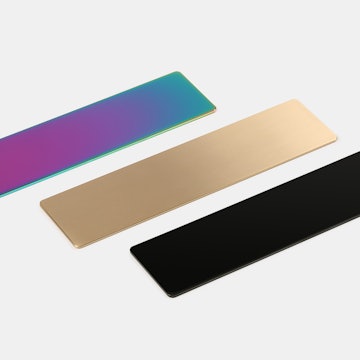Click to view our Accessibility Statement or contact us with accessibility-related questions




Gola Harrier Nylon Sneakers
Gola Harrier Nylon Sneakers
bookmark_border
Where's the price?
To negotiate the best possible price for our customers, we agree to hide prices prior to logging in.
68 requests
Product Description
One of the world’s oldest sneaker brands, Gola was founded in England in 1905 and remains a respected producer of retro- and sports-inspired styles to this day. Its shoes say British heritage through and through—like the Harrier trainer Read More

search
close
Sort by: Newest
keyboard_arrow_down
choiceweb0pen0
276
Feb 15, 2018
Not sure where these are made, but I have a pair of Gola classics and they are made in Vietnam.

JohnnyCredit
469
Feb 10, 2018
US Federal Trade Commission:
"You must disclose country of origin information in mail order or internet advertising,..."
https://www.ftc.gov/tips-advice/business-center/guidance/threading-your-way-through-labeling-requirements-under-textile#mail
Massdrop seems to be violating this law with regularlity.
https://www.ftc.gov/tips-advice/business-center/guidance/threading-your-way-through-labeling-requirements-under-textile#mail
Massdrop seems to be violating this law with regularlity.

Edge
47
Feb 13, 2018
No, that's not a separate section. It's a portion of the page you are linking which are regulations for the Textile and Wool Act.
> >COUNTRY OF ORIGIN36 >Products covered by the Textile and Wool Acts must be labeled to show the country of origin. >
> >Not Covered
The page you linked is not about shoes. It's not about airplanes. It's not about golf balls. It's about items covered under the Textile and Wool act.
Yes, I wholeheartedly agree it would be great to have information such as county of manufacture on every item I purchase. And I do frequently seek this information out. Especially with the popular habit these days of domestic companies outsourcing products they've made domestically for a century, now to other countries.
I agree with your sentiment. However, you're not helping your cause by disseminating incorrect information.
> >COUNTRY OF ORIGIN36 >Products covered by the Textile and Wool Acts must be labeled to show the country of origin. >
> >Not Covered
- >Shoes, overshoes, boots, slippers and all outer footwear. But, socks and hosiery are covered; slippers made of wool >are covered under The Wool Rules.
The page you linked is not about shoes. It's not about airplanes. It's not about golf balls. It's about items covered under the Textile and Wool act.
Yes, I wholeheartedly agree it would be great to have information such as county of manufacture on every item I purchase. And I do frequently seek this information out. Especially with the popular habit these days of domestic companies outsourcing products they've made domestically for a century, now to other countries.
I agree with your sentiment. However, you're not helping your cause by disseminating incorrect information.

JohnnyCredit
469
Feb 13, 2018
EdgeYes, FTC confusingly included labeling rules for all online sales within its broader discussion specific to textile labeling. Note that this section doesn't mention textiles or wool.
However, CBP also has labeling rules that are clearly for general imported products:
https//help.cbp.gov/app/answers/detail/a_id/492/~/requirements-for-country-of-origin-marking-on-goods-imported-into-the-u.s.
Whenever I don't see country of manufacture, I assume it's China. Sometimes it might actually be a country whose products I will buy, but absent any information I keep my money.
However, CBP also has labeling rules that are clearly for general imported products:
https//help.cbp.gov/app/answers/detail/a_id/492/~/requirements-for-country-of-origin-marking-on-goods-imported-into-the-u.s.
Whenever I don't see country of manufacture, I assume it's China. Sometimes it might actually be a country whose products I will buy, but absent any information I keep my money.
Recent Activity
